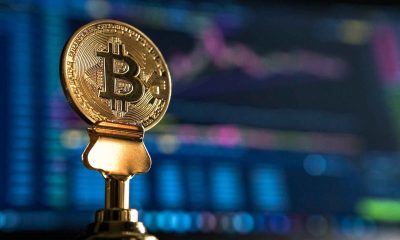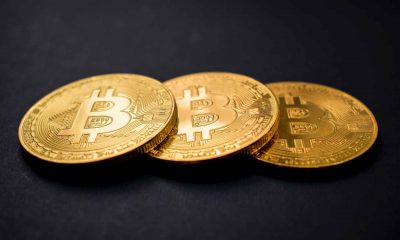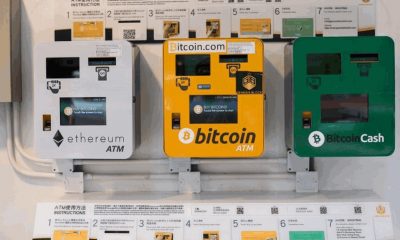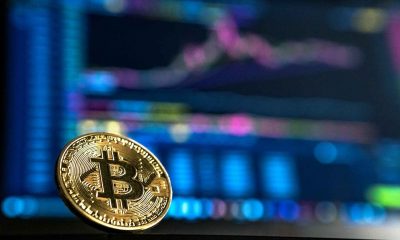The advent of Bitcoin has spawned the growth of a whole host of technologies that are making investing easier and more accessible for millions of people. In addition to Bitcoin, the further development of blockchain has resulted in the creation of tokenized assets.
What Is a Tokenized Asset?
The best way to think of a tokenized asset is as a share of stock offered by a private company. Only the difference is that these shares are crypto tokens. Other than that, they essentially work the same way. A company that wants to raise capital does so by selling tokens instead of conducting an initial public offering (IPO) and selling them on a stock exchange. Anyone interested in buying these tokens can get them and then keep them in a wallet. That purchase is then recorded on the blockchain. There are several advantages to raising capital with tokens and buying them. The main advantage of using tokens to raise capital is that the people running the company do not face as many regulatory burdens as they would have if they conducted an IPO. There is no need to go into details, but these requirements are onerous and incur significant costs. However, tokenized shares of a business are inexpensive to create, and they allow investors to directly participate in a business without having to go through intermediaries or paying high fees. There are some disadvantages, too. The absence of regulation is both a pro and a con. Lack of regulation makes it easier for reputable people to do business, but it makes it easier for bad actors to engage in insider trading. A good example of this is what happened at OpenSea. An employee who knew what non-fungible tokens (NFTs) would be advertised bought them ahead of the advertising campaign. OpenSea has since forbidden its employees from engaging in such behavior, but a lack of clear regulation made this possible. NFTs are different from tokenized shares of equity in a company. Still, without strong regulations governing the market and methods of enforcement, insider trading can occur in this sphere, as well as various forms of fraud.
Variety of Tokenized Assets
There are many kinds of tokenized assets. Since their inception, tokenized assets have taken the form of commodities, currency pairs, shares, and stock indices.
Tokenized commodities can be found for oil and gas, gold, silver, and other precious metals.As for currency pairs, there are pairs for dollars, euros, pounds sterling, Canadian dollars, and various fiat currencies. Pair with digital assets can also be tokenized.Many well-known companies like Apple, Microsoft, and Facebook have tokenized their stock.Stock indices such as the S&P 500, Dow Jones, and NASDAQ have been tokenized as well.
Tokenization makes all these assets more accessible.
How to Buy Tokenized Assets
Buying tokenized assets is very simple. The first thing to do is pick an exchange where tokenized assets are being sold. There are many exchanges out there, so take your time looking for one. Make a list of all the features you think an exchange should have and choose the one that best meets your needs. When you pick an exchange, complete the registration process. Many exchanges have know-your-customer (KYC) procedures, which require you to verify your identity and place of residence. After picking an exchange and completing the registration process, it is then necessary to get a digital wallet. Digital wallets allow traders to keep their tokens in a secure place that is protected by passwords, two-factor authentication, and other security procedures. There are two types of wallets: hot and cold. Hot wallets are in the form of software or cloudware and are always connected to the internet. They take the form of mobile applications and downloadable software. Their advantage is that they are simple to use, but their proximity to the internet makes them vulnerable to hackers. Cold wallets are the hardware that is not connected to the internet. They look like small thumb drives. The advantage of using a hard wallet is that it is difficult, if not impossible, to hack. However, they can be expensive and very challenging to use. Once you have done everything written above, you are ready to start buying tokens. The only thing left to do afterward is to develop a trading strategy and keep track of your investment.
Final Thought: Tokenized Assets or Traditional Stocks?
Going the tokenization route makes sense for several reasons:
Simplicity: It is simple and allows investors and businesses to interact with one another rather than have to go through brokerages. Also, there are not many regulations to worry about (yet), which also simplifies the process.Low cost: Another reason why people are going to start looking for tokens is the cost due to low commission payments.Security: Tokenized assets are based on the ERC-20 standard, which has proven to be reliable in terms of security.Versatility: The tokens are always available to the investor because they own them personally. This makes it easier for the investor to trade them.
Tokenized assets are the future of stock investing. As the technology proliferates, more companies are going to start looking to tokenization to raise capital. Investors will also increasingly look toward tokenization as the technology becomes more well-known.













